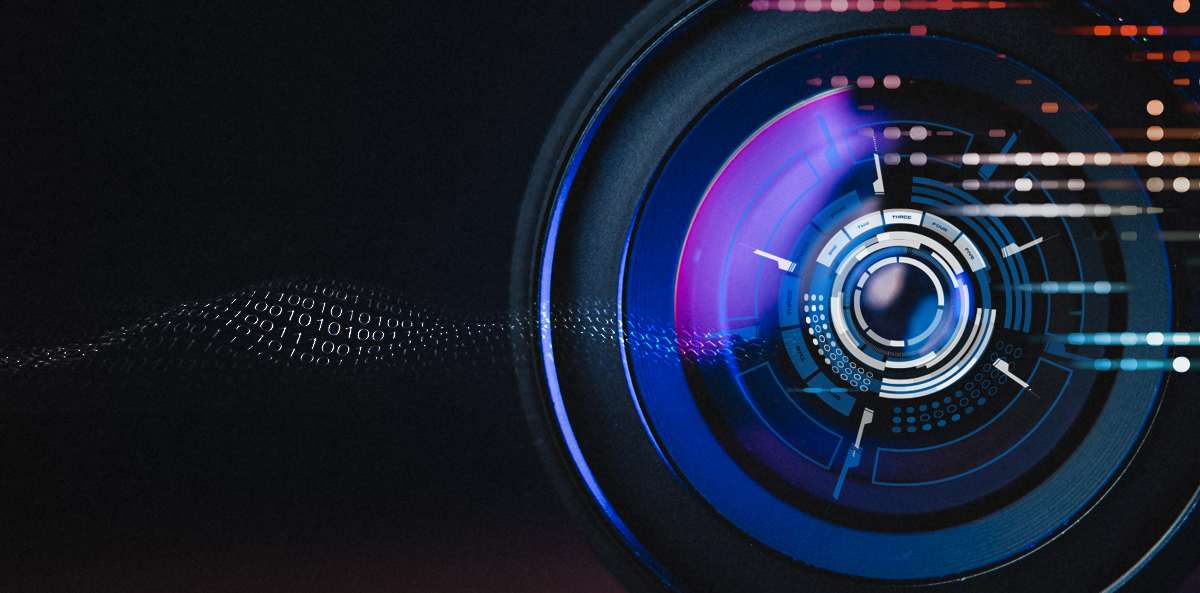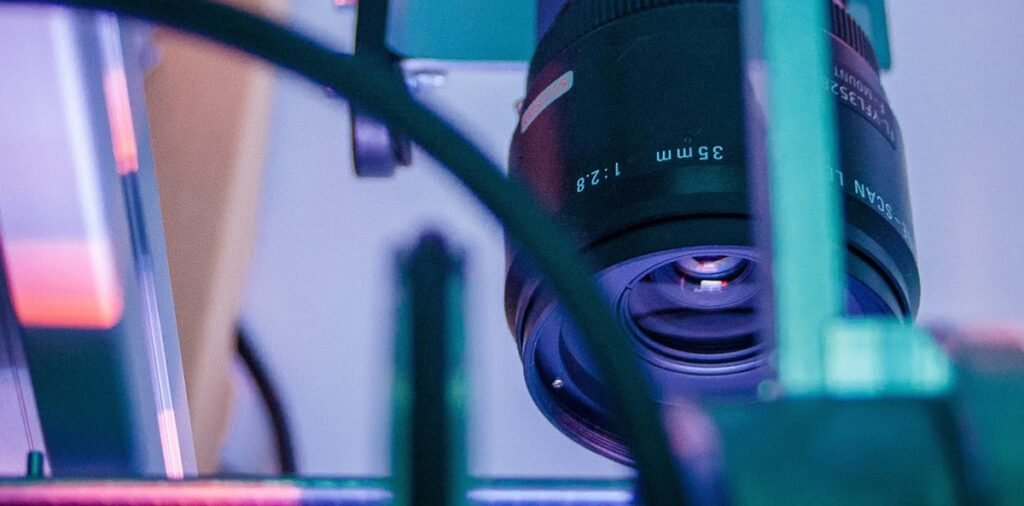
Vision systems and artificial intelligence (AI)
Artificial intelligence is a technology that is changing every area of life. It is a versatile tool that allows people to think over the way we integrate information, analyse data, and use observations obtained in this manner to streamline decision making.
Deep learning techniques are a subfield of machine learning that constitute the scope of AI, and the way they work is frequently compared to the way the human brain learns. However, underneath these terms is mathematics. In recent years, a large increase in the use of deep learning techniques in vision systems has been estimated, since they create many possibilities in applications that are difficult to implement with traditional vision system tools.
Intelligent vision systems and their real-life applications – success or triumph of form over content?
Recently, the subject artificial intelligence of has been a real hit. Everything around us is promoted as ‘smart’ or ‘intelligent,’ and visions and possibilities of the proposed solutions seem to be really promising. This phenomenon can also be observed in the world of automation and robotics, to be more specific, in the solutions offered to companies and factories. It might seem that artificial intelligence is the right solution to majority of problems that the industry has to face and an alternative to already implemented solutions. However, there are many reasons why it is not always like that.

In order to implement and efficiently use such solutions as intelligent vision systems, it is necessary for factories to be not only robotised but also automated. They also must have a technologically advanced environment that will serve as the basis for the implementation of such systems. Intelligent systems are a subject of great interest to companies, however, a significant part of them is not yet at a stage that makes it possible to introduce such technologies. Accuracy is one of the key requirements for vision system providers. While it is a strength of deep learning-based solutions, with it comes an increase in the data set required for algorithm learning and extremely undesirable processing time.
The problem of frequent product changes – can it be solved with AI?
Automotive constitutes the largest market for vision systems where they are used mainly to check the correctness of assembly, i.e., to check the presence and position of components, to read codes and check the quality of components. Defects in components arise during the production and assembly of components, and the specification and classification of these defects is challenging. Scratches, abrasions, flaws, or dents can manifest themselves in various ways, therefore their scope is frequently ambiguous and broad. One of the solutions to automatic verification of such cases can be a deep learning-based vision system that can manage a large range and variability. To be able to conduct an analysis of products with high degree of variability, it is necessary to create sets of images containing various arrangements and variants of the object of the inspection, i.e., sets of correct and incorrect images, images showing the object of the inspection in various positions, variants, arrangements, sets with incomplete objects, in various lighting, frequently rotated and distorted. Such sets may contain from hundreds to thousands of images, and the more the algorithm learns, the more accurate it will be during the inspection.

Summary
Because of deep learning, some of previously used traditional machine vision techniques became less relevant. But knowledge is never outdated and there is always something worth learning from each generation of innovation. It should be remembered that a vast part of machine vision problems can be solved in an equally efficient manner using a set of cameras, illuminators, and traditional programming methods. It is frequently even more advisable than reaching for deep learning. Artificial intelligence is undoubtedly a powerful tool in the programmers’ hands, however, in order to use its full potential a more technologically advanced environment and a few years for adaptation to its considerable requirements are needed.
If you are wondering whether a vision system is what your company needs, contact us.
